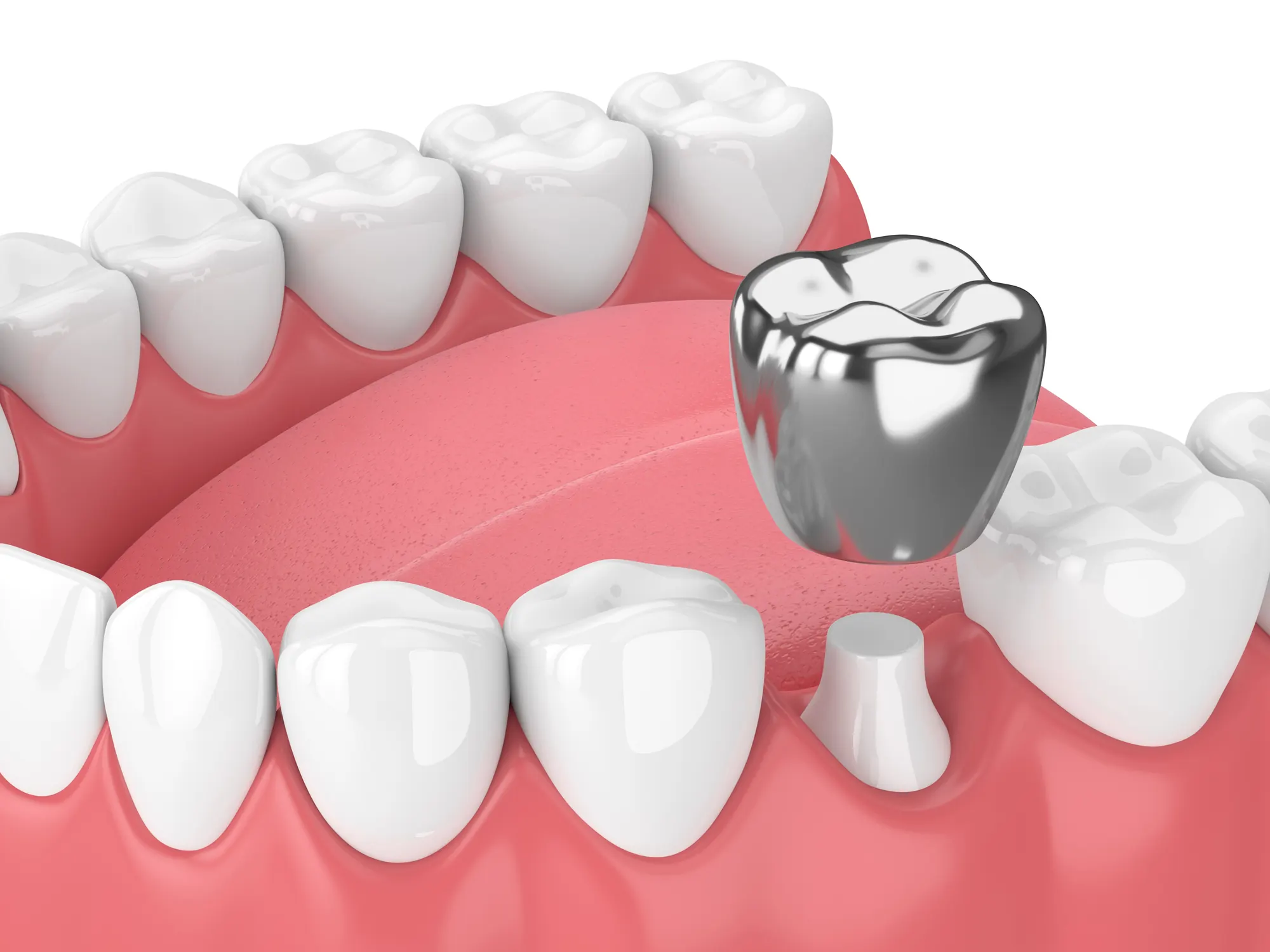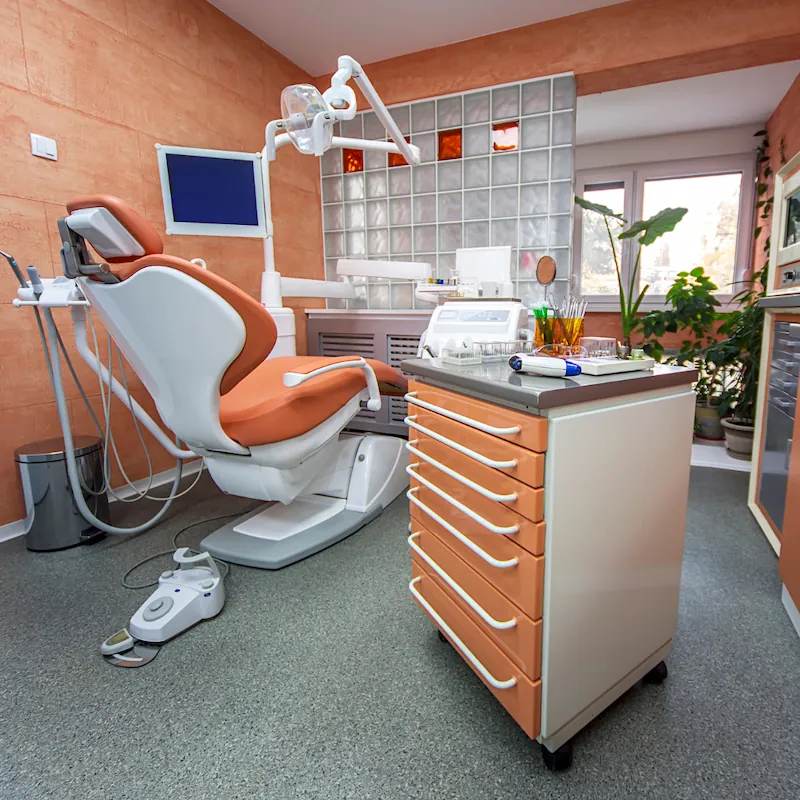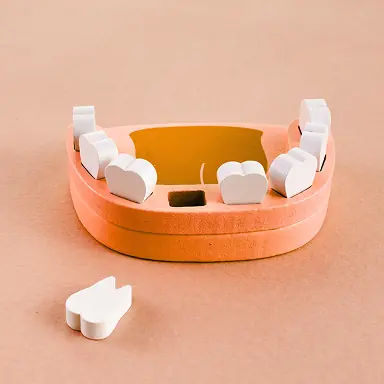Tooth decay and dental injuries are common in childhood, especially in the back teeth that handle most of the chewing. When a simple filling isn’t enough to repair the damage, stainless steel crowns offer a reliable and safe way to protect a child’s tooth until it’s naturally ready to fall out.
What Are Stainless Steel Crowns?
Stainless steel crowns are metal caps that fully cover a tooth to restore its shape, strength, and function. Designed specifically for primary (baby) teeth, they are durable, safe, and widely used in pediatric dentistry.
They’re especially effective on molars, which are more prone to cavities due to their grooves and the challenges of brushing those hard-to-reach areas.







When Are Stainless Steel Crowns Used?
Stainless steel crowns are typically recommended when your child’s tooth has:
- Severe decay that a regular filling can’t repair
- Cracks or breaks from injury
- A pulpotomy (a procedure similar to a baby tooth root canal)
- Weakness from a previous filling that needs reinforcement
Back teeth—especially molars—are the most common teeth to receive stainless steel crowns. Since they need to stay in place until the permanent molars are ready to come in, preserving them is important for spacing and alignment.
Will the Crown Stay Forever?
Not at all. Stainless steel crowns are designed to last until the baby tooth falls out. They hold up well against daily chewing and brushing, but once it’s time for the permanent tooth to take its place, the crown—and the tooth it’s protecting—will naturally shed.




Are Stainless Steel Crowns Safe?
Stainless steel crowns have been safely used in pediatric dentistry for decades. The materials are biocompatible and don’t pose a risk to children with metal sensitivities in most cases.
If there are any concerns about allergies or sensitivities, our team will discuss alternatives.
Why Stainless Steel Crowns Are a Smart Choice for Children
- Can withstand years of chewing and wear
- More affordable than many other restorative options
- Helps prevent future infections or decay
- Often completed in a single visit
- Used safely in pediatric dentistry for decades
How to Keep Your Child’s Crown in Great Shape
- Encourage twice-daily brushing with fluoride toothpaste to prevent decay around the crown.
- Help them floss carefully around the crowned tooth to keep the surrounding gum tissue healthy.
- Avoid very sticky or hard foods, such as caramel, chewing gum, or ice.
- Maintain regular dental visits so we can monitor their crown and dental health.
- Let us know right away if they feel like the crown is loose or uncomfortable.











